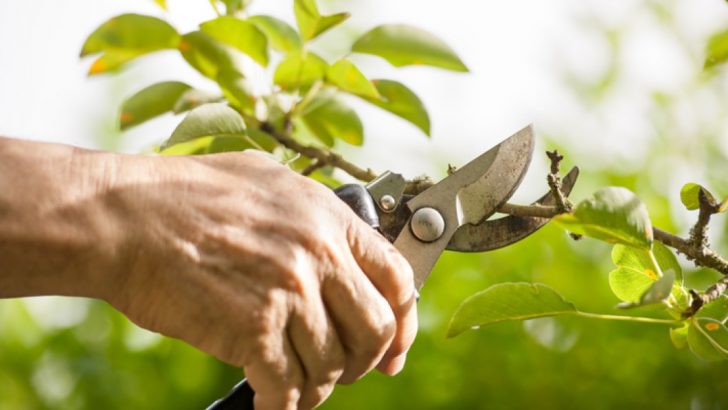The spring sun is finally making an appearance and the garden is about to become very busy as the growing season gets under way.
The sunny days in March provide the opportunity for an increasing range of gardening tasks such as preparing seed beds, sowing seed, cutting back winter shrubs and generally tidying up.
Shrubs grown for their winter stem colour such as dogwoods and willows can be severely pruned now. This encourages strong new growth which results in maximum colour effect in winter.
Go through beds and borders, forking out weeds and cutting down any dead stems of perennial plants. Cut them off as close to the base as possible without damaging emerging buds or young foliage, while keeping an eye out for slugs and snails at the base of perennials, which will destroy new growth. If you are using slug pellets, use little and often. Once the pellets get wet they are of no use. Hide small amounts around vulnerable plants, covering them with a flat stone or tile propped up with smaller stones to make a roof to protect them from the rain.
Sharp secateurs
Before you prune anything make sure your secateurs are clean and sharp. Sharpen and wash with warm soapy water if necessary or buy a new pair. If they are not clean they can harbour and pass on diseases. They must be sharp as you want a clean cut rather than a crushed stem, which will die back and may let in diseases.
Now is the time to prune wisteria, summer-flowering clematis and late-flowering shrubs such as buddleia and Russian sage. Don’t prune evergreens until April as they need their foliage to stimulate growth in warmer weather.
For winter-flowering shrubs such as forsythia and jasmine, remove up to a third of the spent flowering stems back to old wood once the flowers fade.
If your lawn has patches that are waterlogged, use a garden fork to aerate it. This means pushing the fork down with your foot to its depth or as deep as you can.
Remove it and repeat keeping the same spacings between holes as the tines left. Do this over the whole area. It’s to let air down to the root zone of the grass and to let water drain away.
Rake your lawn with a spring tine rake to remove thatch and lift grass and weeds up for the lawn mower to cut. When mowing a lawn always mow in a different direction to the last cut.


 Paul Gargan
Paul Gargan
